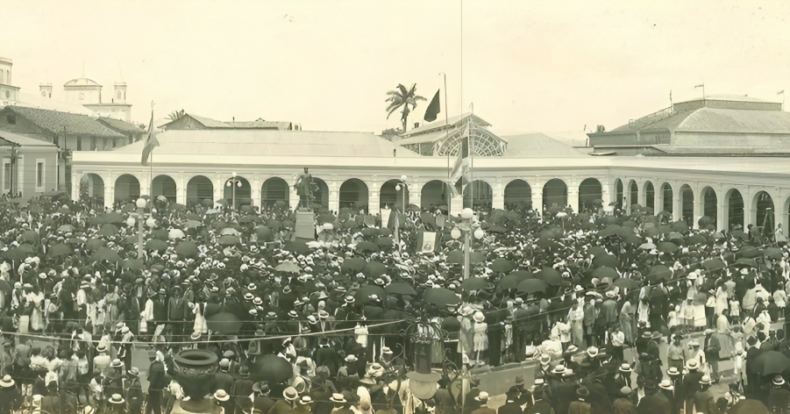Conference: Costa Rican Independence in its Territorial and Temporal Context 1808-1823

To attend this conference on the independence of Costa Rica is an opportunity to enrich your knowledge about the history of our nation and its regional context. Anyway, here we leave you a little bit of history.
DATE: SEPTEMBER 13, 2023.
Biblioteca Pública de Moravia, Agapito Rosales Méndez
TIME: 4:00 PM
Antigua entrada Colegio Saint Clare San Vicente Moravia – San José
Costa Rica’s independence as part of a historical and regional process
The history of Costa Rican independence is much more complex than is often presented in textbooks. Far from being an isolated event, Costa Rican independence was a key piece of a multifaceted, regional process that transformed the political scene of Latin America in the 19th century.
The revolutionary processes extended beyond Costa Rica, encompassing all former Kingdom of Guatemala provinces – Chiapas, Guatemala, El Salvador, Honduras, and Nicaragua. Independence didn’t suddenly occur in 1821; it had earlier beginnings, with each province undergoing its unique path to freedom.
During the late eighteenth and early nineteenth centuries, the West was undergoing fundamental changes. The influence of the capitalist system, the ideals of the Enlightenment, the Bourbon reforms and the French Revolution were events that had an impact on continental America after centuries of colonial domination.
These global events were compounded by internal transformations in the Americas, such as the independence of the United States and Haiti, the anti-imposing struggles in the Captaincy General of Guatemala, the insurgent rebellions in the Viceroyalty of New Spain and the revolts in New Granada. All these events helped to foster a generalized feeling of freedom in the region.
The desire for self-government and the connection to independence

However, Costa Rican independence should not be simplified as a mere result of these external influences. Since at least 1750, the provincial authorities of Costa Rica sought a greater degree of self-government, especially in relation to the authorities of Guatemala and, above all, to those of León in Nicaragua.
This desire for self-government manifested itself in three key aspects. First, there was the aspiration for a political government of their own. Second, there was the desire to establish more beneficial trade relations with Panama instead of depending on Nicaragua and other political entities to the north. Finally, there was the ambition to have its own diocese.
This desire for self-government led to proposals for a separate political authority, including the provincial deputation requested since 1812. This action was repeated in December 1821 in the midst of discussions about joining the Mexican Empire. As a result, Costa Rica’s firm intention to govern itself, consolidate international trade and break any ties with Leon, even in ecclesiastical matters, was demonstrated.
Costa Rican independence as a historical and regional process
Costa Rica’s independence, as in other provinces of the region, must be understood as a complex historical and regional process. The signing of the act of independence in 1821 was the result of years of previous desires and efforts, dating back to the second half of the 18th century.
Sensorial Sunsets
Navigate articles





